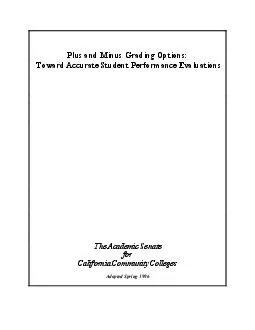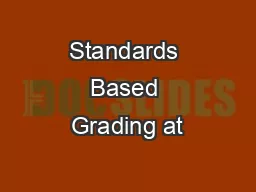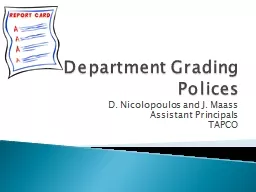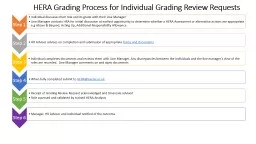PDF-Plus and Minus Grading Options:
Author : luanne-stotts | Published Date : 2016-06-27
Toward Accurate Student Performance Evaluations The Academic Senate for California Community Colleges Adopted Spring 1996 The Educational Policies Committee 19951996
Presentation Embed Code
Download Presentation
Download Presentation The PPT/PDF document "Plus and Minus Grading Options:" is the property of its rightful owner. Permission is granted to download and print the materials on this website for personal, non-commercial use only, and to display it on your personal computer provided you do not modify the materials and that you retain all copyright notices contained in the materials. By downloading content from our website, you accept the terms of this agreement.
Plus and Minus Grading Options:: Transcript
Download Rules Of Document
"Plus and Minus Grading Options:"The content belongs to its owner. You may download and print it for personal use, without modification, and keep all copyright notices. By downloading, you agree to these terms.
Related Documents














